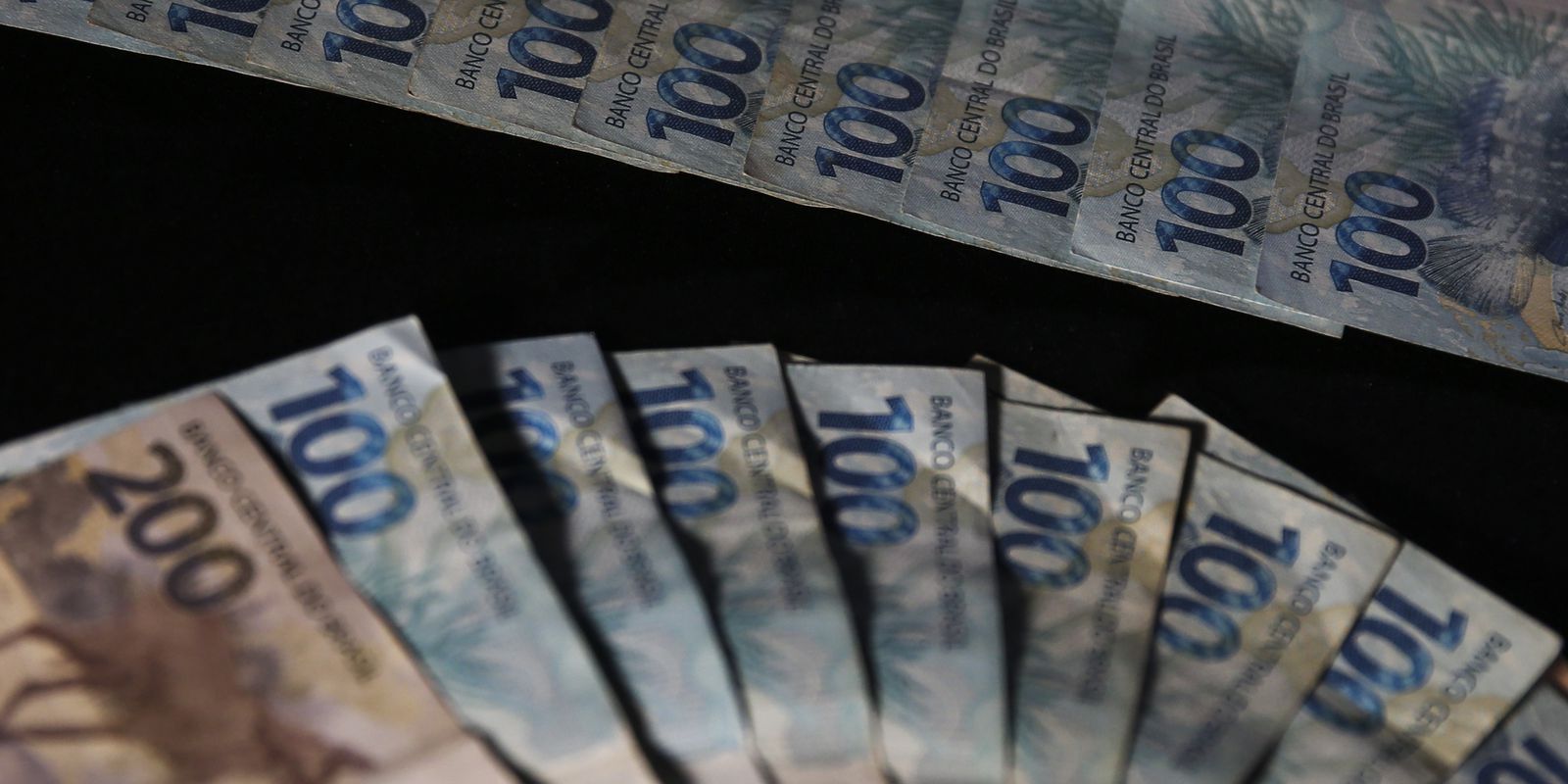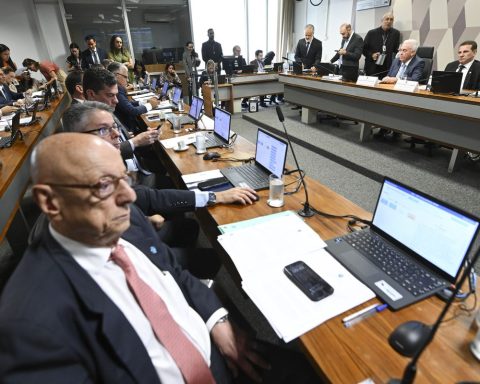The Federal Public Debt – which includes Brazil’s internal and external debt – closed 2022 at R$ 5.951 trillion, informed today (26) the National Treasury Secretariat, of the Ministry of Economy. The value represented an increase of 6.02% compared to 2021, when the debt was at BRL 5.614 trillion.
The value represented an increase of 1.37% in relation to November, when the debt was R$ 5.871 trillion. Despite the high volume of issuances in December, the debt was below the limits established by the 2022 Annual Financing Plan (PAF), which established that the public debt could close last year between BRL 6 trillion and BRL 6.4 trillion .
The internal Federal Public Securities Debt (DPMFi), which is part of the public debt in the internal market, had its stock increased by 1.48% in December, going from R$ 5.616 trillion to R$ 5.699 trillion. This debt growth occurred due to the positive appropriation of interest, in the amount of R$ 56.3 billion (when debt interest is incorporated into the monthly total), and the monthly net issuance of R$ 26.61 billion ( when the Treasury issued more bonds than it redeemed).
Despite the net issuance in December, the government ended the year redeeming R$ 219.1 billion more than it issued from domestic debt. According to the undersecretary for Public Debt, Otávio Ladeira Medeiros, the government opted to use other sources of financing last year instead of issuing government bonds. He cited as sources the return of government bonds from the National Bank for Economic and Social Development (BNDES), transfers of profits from the Central Bank to the National Treasury and money from the untying of funds, which has been in effect since 2021.
The stock of the External Federal Public Debt (DPFe), raised from the international market, fell 0.89% in the last month of 2022, ending the year at R$ 252.45 billion (US$ 48.38 billion). The main reason was the fall of 0.7% in the dollar last month. Of this total, R$ 212.18 billion (US$ 40.66 billion) refer to securities debt (in securities on the international market) and R$ 40.28 billion (US$ 7.72 billion) to contractual debt ( with banks and international organizations).
In 2022, the External Federal Public Debt (DPFe) fell 4.63% compared to the previous year, when it stood at R$ 264.72 billion. According to the National Treasury, although the government increased its indebtedness with international organizations last year, there were no issuances of Brazilian public bonds abroad in 2022. The lack of issuances contributed to the decrease in the stock of debt in the foreign market.
Resources
Through public debt, the National Treasury issues government bonds to borrow money from investors and honor financial commitments. In exchange, he undertakes to return the resources after a few years, when the paper matures, with some income. The correction can follow the Selic rate (basic interest rates of the economy), inflation, the exchange rate or be prefixed (defined in advance).
In December, the largest holders of public debt were financial institutions (29.12%). The stock of this group went from R$ 1.61 trillion to R$ 1.66 trillion from November to December.
Next are investment funds, with a share of 23.98%; pension funds, with 22.83%; foreign investors (9.36%); the government (4.33%); insurance companies (3.98%) and others (6.4%). Despite a slight increase in the last months of 2022, the share of foreigners in the domestic debt fell compared to December 2021, when it was at 10.6%. The interest of foreigners in the domestic debt serves as a parameter for the reliability of the Brazilian public debt abroad.

















